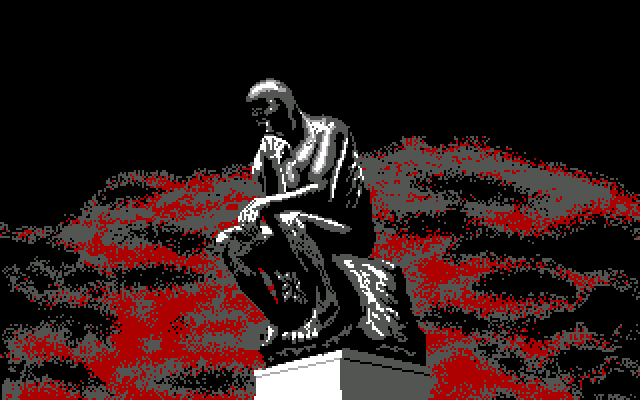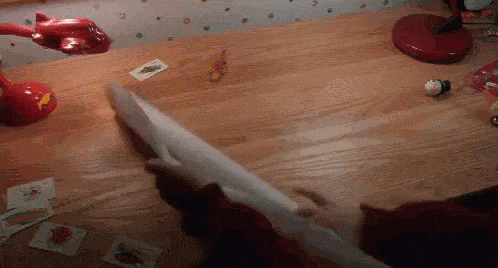
The following is an extract from my new book! The Scenario Planning Guide is a comprehensive and insanely practical guide for leaders who are interested in using scenarios as part of their strategic planning process. I’m hoping to launch it mid-October, but if you’d like to be one of the first people to get your hands on a copy click here to let me know.
“If I had one hour to solve a problem I would spend 55 minutes defining it and the remaining five minutes solving it.”
The above quote is often attributed to Albert Einstein though research by Quote Investigator indicates there’s no evidence he ever said it. So if the quote isn’t really by Albert Einstein, why has it become so widely shared? I’d argue the quote contains a deeper truth we inherently agree with. The truth is ‘doing things’ without spending adequate time ‘thinking through things’ rarely leads to the best outcomes. Or put another way,
“we need to spend more time doing strategic thinking before we do strategic planning”
Scenario planning = strategic thinking
As mentioned in previous posts, such as The Paradox of Planning in Uncertainty, scenario planning is actually a misleadingly named strategic thinking process. Scenario planning isn’t designed to replace strategic planning; it complements it. It is the exercise you undertake before you plan to better understand what is going on around you, to explore possibility and identify new options. All this information then feeds into your planning and decision-making process where you then define practical and specific actions to move the organisation forward.
If adding a whole new process before you even start your strategic planning sounds like a lot of extra hard work, well it is. But if the alternative is a lack of shared understanding between decision makers, poor planning and missed strategic opportunities, this extra work is well worth it.
Slow your thinking down
The behavioural economist Daniel Kahneman won a Noble Prize for his work on how people make decisions. In his book Thinking Fast and Slow, Kahneman shares the idea that there are two quite distinct ways in which we think.
Fast thinking, or ‘System 1’ thinking is highly automated, instinctive and emotional. We rely on our experience of past cause and effect to predict what will happen next. On the other hand, slow thinking or ‘System 2’ thinking is far more methodical and deliberative. It is more suited for exploring novel and unique situations we haven’t previously experienced.
The challenge is that although strategic planning, especially in times of uncertainty, is clearly the space for System 2 thinking, our bodies and brains are hardwired to use System 1 thinking whenever possible. System 2 thinking is far more mentally taxing and consumes more of the body’s limited energy, so to conserve energy, our brains will always shift back to System 1 thinking if it can.
To overcome this, we need a deliberate process that actively engages our System 2 brains and this is what a good scenario planning process does. It forces us to examine the operating environment in more detail and then imagine multiple different ways the future might play out. Undoubtably, this is both time consuming and cognitively intensive, but as mentioned earlier, if the alternative is a plan based on outdated assumptions that ultimately leads our organisation towards irrelevance, this is time and energy well spent.
How much thinking exactly?
So if you accept the deeper truth that we need to spend more time doing strategic thinking before we do strategic planning, the next question is, how much thinking do we need to do?
The earlier quote would indicate a thinking to planning ratio of 11:1. But given the quote, and the ratio wasn’t determined by the world’s most famous nuclear physicist, we might feel comfortable tinkering a little bit. If 11:1 sounds extreme, perhaps 3:1 (45 minutes thinking and 15 minutes doing) or even 1:1 (half an hour each).
Interestingly, Quote Investigator traced the origins of the quote back to William H. Markle, who wrote a piece titled “The Manufacturing Manager’s Skills.” In the original quote, Markle proposes a ratio of 2:1.
“Some years ago, the head of the Industrial Engineering Department of Yale University said, “If I had only one hour to solve a problem, I would spend up to two-thirds of that hour in attempting to define what the problem is.”
In some ways, the exact ratio is irrelevant. What’s more important is the acknowledgement that in times of uncertainty, we can no longer extrapolate the future from the past. We need to put more time into strategic thinking before we knuckle down to do the planning…and if you’re going to do that, scenarios are a great way of helping you do that.






